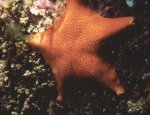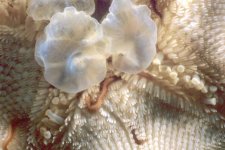A
Anonymous
Guest
After yet another visit to the tidepools and Monterey Bay Aquarium yesterday, I'm going to begin planning this thing. I've been wanting one for years.
I have only one major issue - the chiller. Rather than a unit that is designed to lower a tank a few degrees, I need a full on refrigeration unit I think. I don't know, you guys tell me. Matt? I have no experience with chillers, as I don't use them on my reef tanks. The unit should be farily quiet as well.
The tank will be about 100 gallons or so, maybe a cube, and it will be made from 1" acrylic to insulate it. The sump will be enclosed and will also be 1" acrylic.
Any help appreciated.
Cheers
Jim
I have only one major issue - the chiller. Rather than a unit that is designed to lower a tank a few degrees, I need a full on refrigeration unit I think. I don't know, you guys tell me. Matt? I have no experience with chillers, as I don't use them on my reef tanks. The unit should be farily quiet as well.
The tank will be about 100 gallons or so, maybe a cube, and it will be made from 1" acrylic to insulate it. The sump will be enclosed and will also be 1" acrylic.
Any help appreciated.
Cheers
Jim










